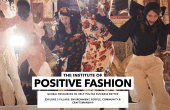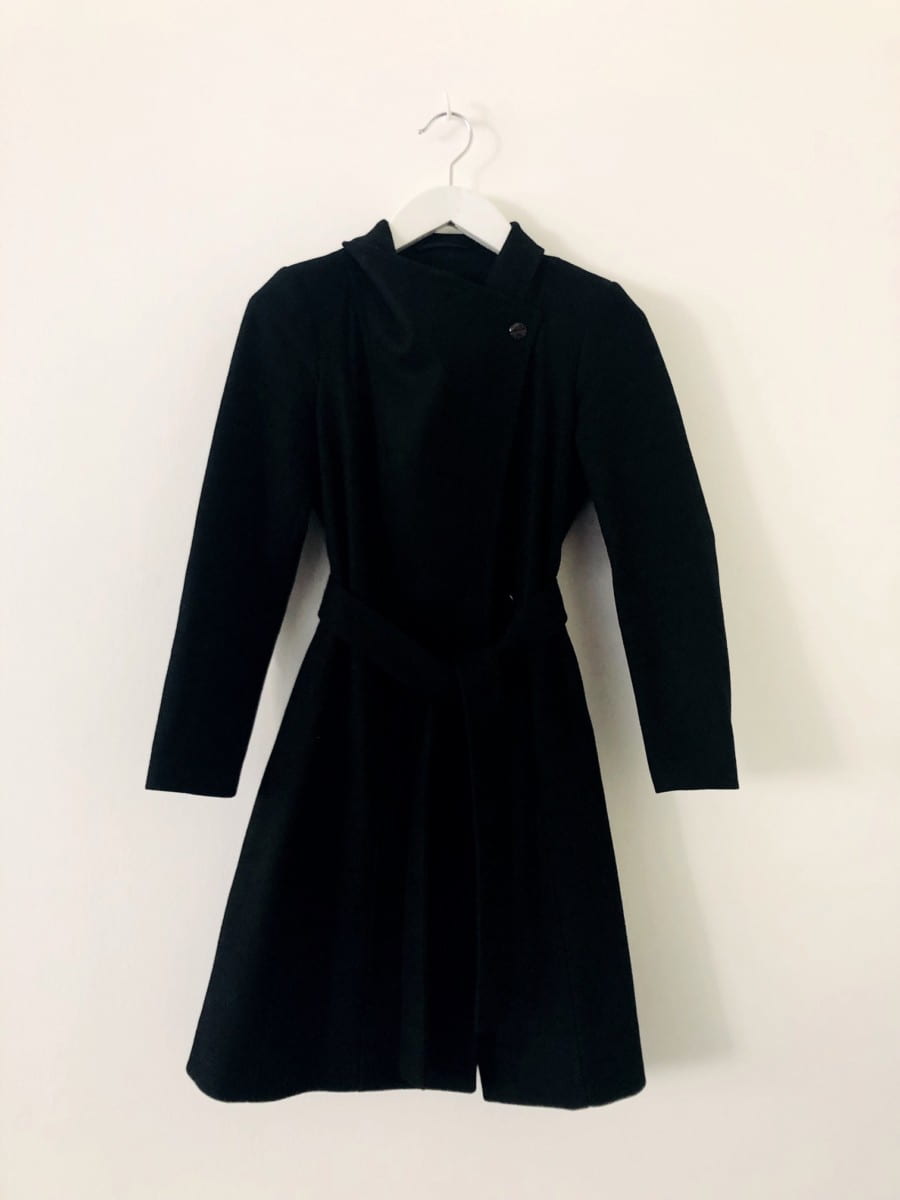Inside Arc – Fashion | Space | Gallery

Archives are usually repositories of objects, not intended for further use, rarely displayed in static exhibitions or museum cases. The Arc is a working archive, consisting of garments, accessories and other paraphernalia amassed by designer Jennefer Osterhoudt. Many items are by John Galliano and Alexander McQueen, with whom she worked very closely from the beginning of their careers and throughout their time at Givenchy, as an accessories designer in Paris during the 1990s. Created by stylist Nick Royal, this constantly expanding collection is regularly frequented by established designers and stylists who use it for editorial photo-shoots and campaigns.

This exhibition highlights the eccentricities and rarities from this archive, pieces that as much embody the processes behind creating elaborate toiles in expensive fabrics as reveal complex and labour-intensive techniques used by high fashion. Various personal items sit aside rare handmade invitations, crafted prototypes and toiles that made it into production and select examples are shown alongside a wall of photographs of her own vast shoe collection. Showcasing these pieces reveals that an archive can be as much about preserving objects for posterity but as a resource to inform future image-makers as they reinterpret ideas from the not-so-distant past.
Toiles & Prototypes
The selection of toiles from the archive highlights key techniques frequently used by John Galliano and Alexander McQueen. The Oyster ruffle technique became synonymous with McQueen, as did the upside-down jacket for Galliano. Both designers were highly theatrical in their work, which is evident in the early stages of their process. Such as the toile for the Rose Jacket by Galliano.
It is difficult to tell whether the jacket is upside-down. How it has to tie around the chest and around one arm and underneath the other. These details are not functional but the idea was for the head to look like it was coming out of a rose.

The Rose Jacket Toile. John Galliano. Le papillon et la fleur. SS/1996.
A lot of prototypes for accessories are made before the collection is shown on the catwalk. The numbers dwindle from as many as thirty down to the one or two pieces which are eventually used. These, then, may or may not go into production.
Processes
Finding and mastering techniques was always pivotal for young designers on the frontline, such as Galliano and McQueen. They were known for implementing couture processes into their more commercial collections. Their design teams were tasked with finding the most obscure master-makers and artisans in Paris. Sometimes one specialist machinist was in existence in the whole city.

Smocked, cropped wrap jacket. John Galliano. La Papillon et la fleur. S/S1996.
To create this effect, Jennefer found a smocking specialist in the rag-trade district of Paris, who was mass producing baby dresses in this way. No one else had smocking machines at this time, since they were notoriously temperamental. Whilst making the piece, the level of tension had to be constantly adjusted from tighter to looser to allow for precise smocking. Each row had to be done separately, large pieces of fabric being fed into the machine by hand. If the levels were even slightly off, the whole piece had to be done again from scratch. The pieces were produced on a large scale, taking about one day to create each jacket.

Butterfly shoes. Alexander McQueen. Irere, S/S2003.
The first butterfly shoes were originally made with real butterflies from a specialist taxidermy shop. The heels were poured by hand in resin by atelier Goossens, famous for producing jewellery for Chanel. They proved too fragile, and the vivid colours of the real butterflies faded very quickly. Later the shoes for his Irere collection, which were mass produced, has butterflies made from small pipe cleaner rods and painted feathers, which Jennefer found in Devon. The heels were made in Italy by the Gucci group artisans, by melting two halves of Perspex together and sandwiching the feather butterflies in between.
Shoes
A three-hundred plus archive of pairs of shoes forms an integral part of The Arc’s repertory. They are sought after for their originality and as representational pieces of 1990’s McQueen and Galliano. Galliano is known to have collaborate with Manolo Blahnik on shoes, and also later with Christian Louboutin.

Jennefer’s passion for accessories manifested in her own line of hoes, Jenne O. This style of over-the-knee boot is names after the actress Juliette Lewis. Jennefer had an idea to approach illustrators she admired at a festival in Hackney 2005 to freely illustrate the prepared boot patterns she carried with her. She managed to convince five illustrators before making the actual boots. They were briefed on how to match up the drawings over the seams, as the patterns were flat. Most drawing were finished in a week. Three out of the five boots are displayed here.

Illustrators: Serge Seidlitz, David Cooper & Sarah Howell
Eccentricities
A lot of research and preparation goes into creating a collection. Sometimes the inspirations come from historical references, such as the 17th century inspired Chopine shoes designed by Alexander McQueen for Givenchy. Or cherished backstage passes were kept from various shows were saved to keep the memories of those, albeit stressful, moments alive.

Backstage passes
Jennefer could never part with any of her show passes. They span over the years of her career in the industry and the breadth of her involvement.

Chopine Shoes, Alexander McQueen for Givency, Eclect Dissect. A/W 1997
These shoes are referred to and lovingly named as the ‘Wacky Scientist’ by the design team. Part of a collection which was heavily inspired by the 16th and 17th centuries, the shoes are replicas from an old painting. Originally they were elevated slip-on clogs that would go over another pair of shoes, to protect the wearer from getting long skirts dirty. An artist was tasked to carve a shoe last in wood, in order for the shoes to be produced for the show only.





